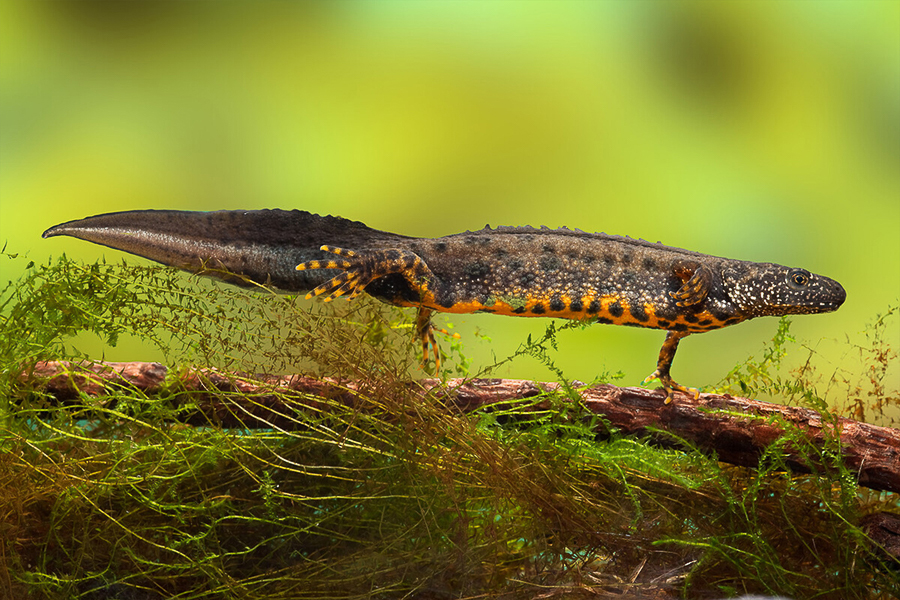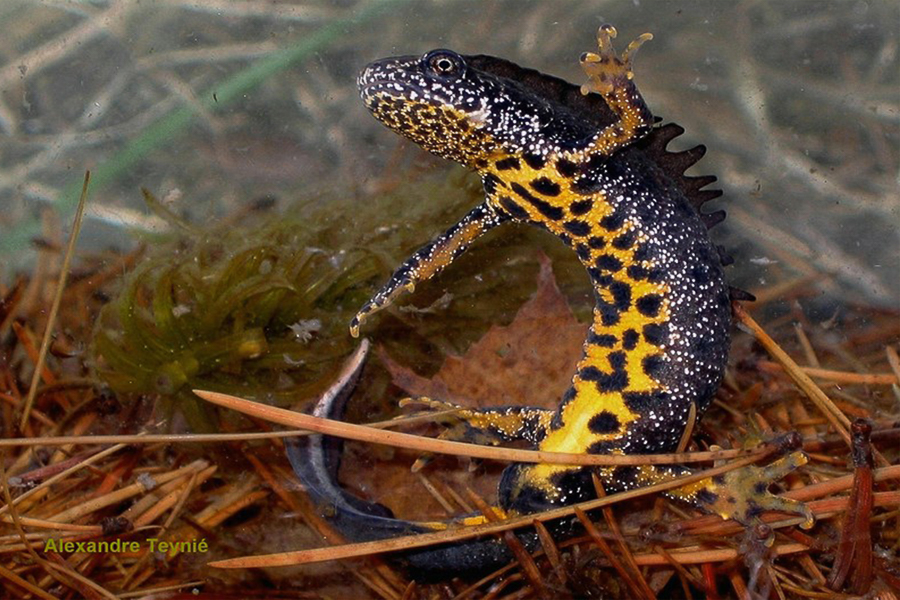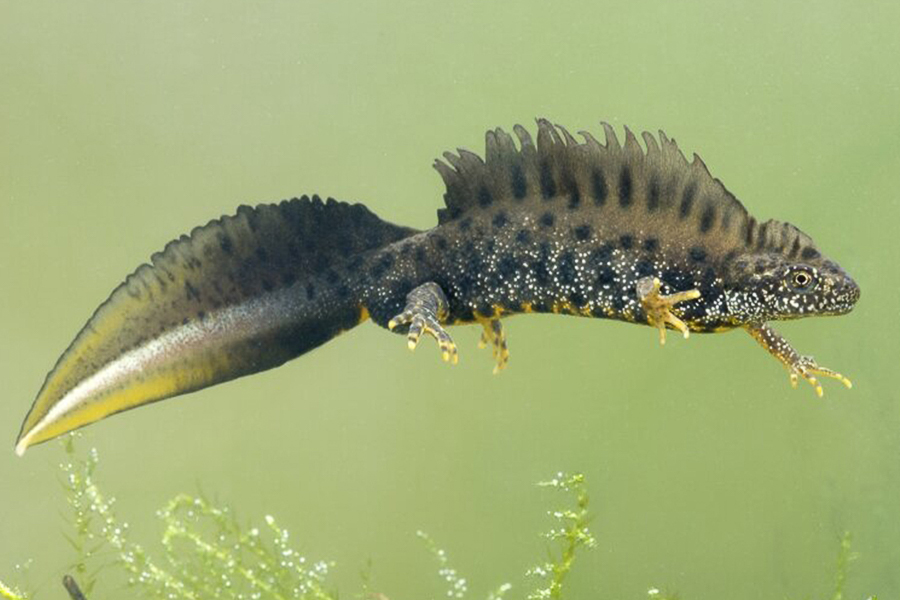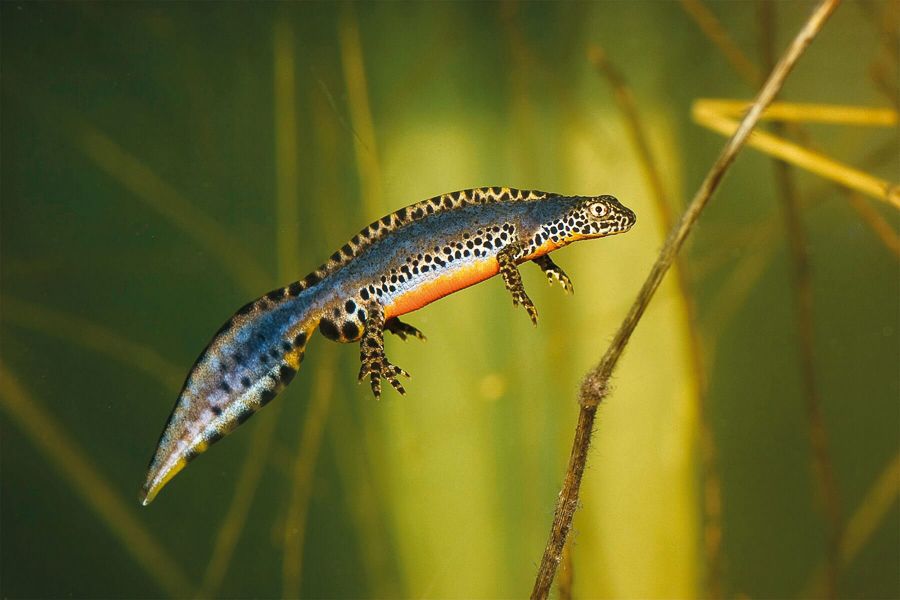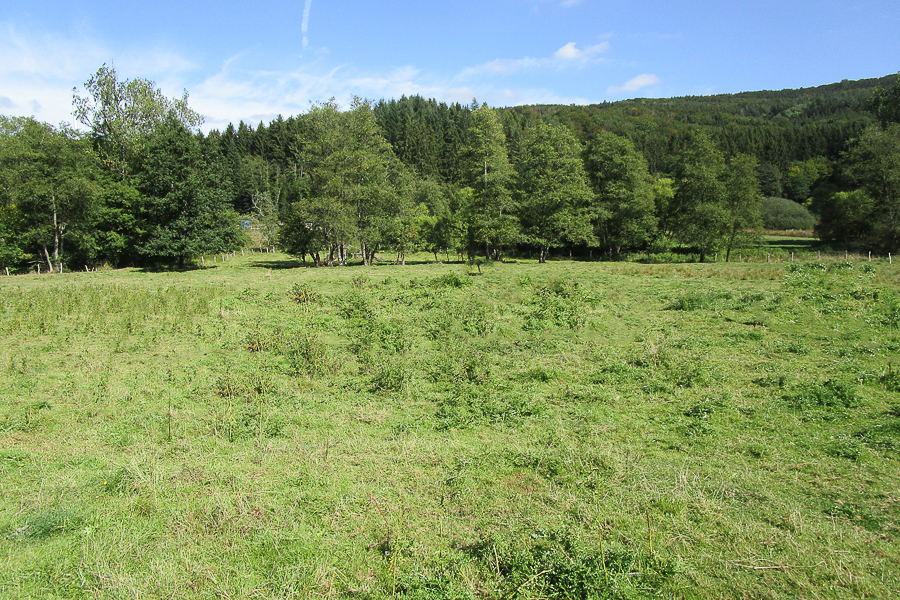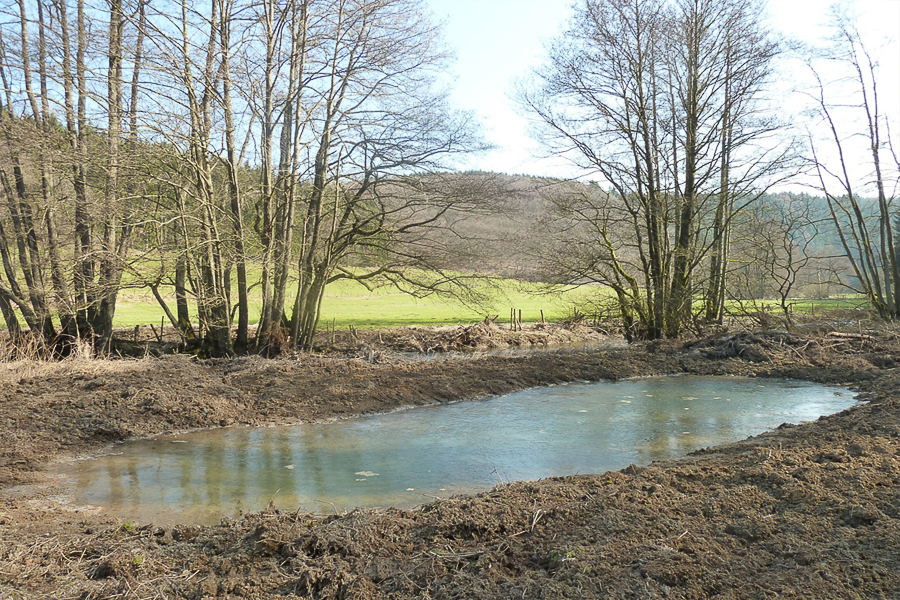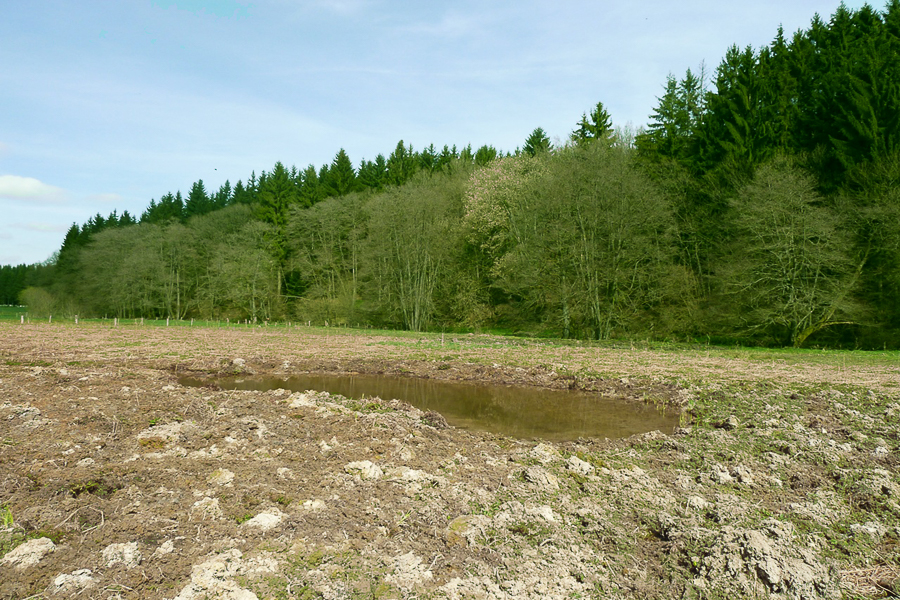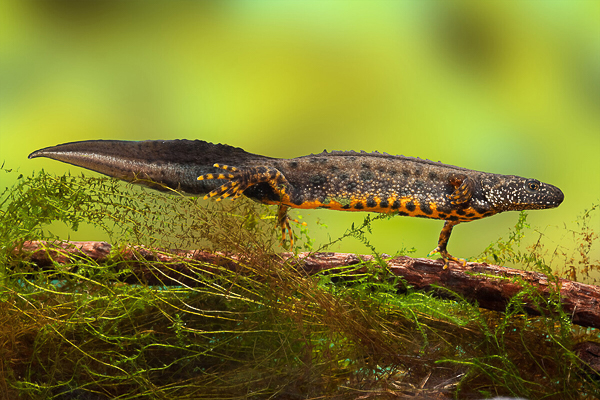 Credit: natur&emwelt
Credit: natur&emwelt
Luxembourg has what is known as a Temperate Climate in which winters are generally mild and summers comparatively cool, with rainfall that can be high; its flora and fauna have thrived in, and adapted to, this climate over the centuries and millennia, with ongoing challenges due to pollution and recent climate change, as well as the introduction of non-native species, resulting in disruptions to the norm.
Nevertheless, with various initiatives and organisations helping the ecosystem and habitat, including sustainability and re-wilding, there is a lot happening in nature across the Grand Duchy.
Chronicle.lu has teamed up with natur&emwelt (the non-profit organisation (naturemwelt), the foundation (Hëllef fir d'Natur) and the Wildlife Care Centre (Flegeestatioun)) for a series of articles on Luxembourg's fauna in which we look at various mammals, birds, insects, amphibians and aquatic animals, as well as touching on vanishing species returning to Luxembourg, focussing on their lifestyle and habitat, including when and where to observe them.
No. 14 in this series focuses on the Great Crested Newt.
In the calm waters of the Wiltz Valley, the great crested newt moves like a tiny aquatic dragon. This protected species finds refuge in the ponds of Labich nature reserve. The great crested newt is the largest of European newts, growing up to 18 cm long. Its dark, often blackish-brown body is speckled, with a vivid orange belly marked by black spots. Males are especially striking in spring, when they display a tall, jagged crest running from head to tail, giving them a dragon-like silhouette. Their skin is rough and granular. Females lack the crest but share the same bold colouration, with their brightly coloured bellies aiding species recognition during courtship.
Lifestyle
This secretive amphibian alternates between aquatic and terrestrial life. From March to June, it returns to ponds to breed. The rest of the year, it roams damp woodlands, meadows or forest edges, hunting worms, insects and slugs. During courtship, males perform elegant underwater dances to attract females. Each female lays up to 300 eggs, carefully folded into aquatic leaves. Outside of the breeding season, great crested newts are nocturnal and hide under logs, in leaf litter or in moist burrows. Their dependence on both clean water and undisturbed land habitats makes them vulnerable to environmental changes.
Habitat
Labich nature reserve, nestled in the steep valley of the Wiltz, features around ten ponds—both temporary and permanent—surrounded by wet meadows and groves. These shallow, sunlit, fish-free ponds provide ideal conditions for the great crested newt. A mosaic of microhabitats, including aquatic vegetation, wooded edges and damp slopes, supports a healthy population. Maintaining these wetlands is vital to the species' lifecycle, offering breeding sites, shelter and hunting grounds. This reserve plays an important role in preserving amphibian biodiversity in northern Luxembourg.
Where and When to See It
The best time to observe the great crested newt is between March and June, during the breeding season. At Labich, they are most visible in open, sunny ponds—especially after mild rainfall and in the late afternoon. With a flashlight, you might spot them gliding just below the surface or even performing their courtship rituals. Outside this period, the newts vanish into their hidden terrestrial refuges and remain undetectable until spring returns and the ponds once again come to life.
Observation Tips
Stay at the pond’s edge and avoid disturbing vegetation or the water. A flashlight or binoculars can help spot them without interference. Never capture or touch the newts—they are a protected species. Silence and patience are key: a calm observer may be rewarded with a glimpse of this ancient-looking amphibian.

